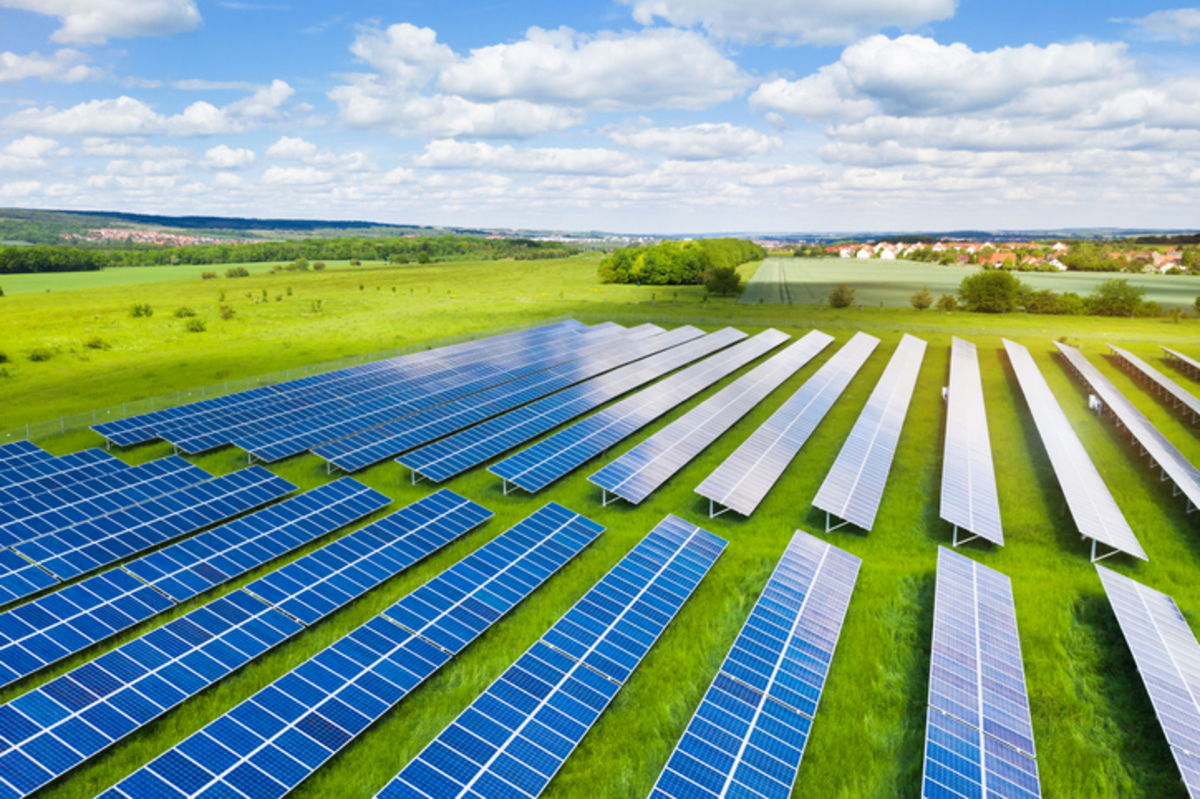What are RPOs and RECs?
India's renewable energy expansion program is among the largest globally, ranking third in installed capacity. Key drivers of this growth include policy and regulatory support, such as renewable purchase obligations (RPOs), which mandate entities like discoms to purchase a minimum percentage of electricity from renewable sources, as stipulated by the Electricity Act (2003).
visit https://www.ceew.in/cef/quick-....reads/explains/what-
Discover posts
Explore captivating content and diverse perspectives on our Discover page. Uncover fresh ideas and engage in meaningful conversations
Financial incentives for electric vehicle buyers in India
Electric vehicles (EVs) typically have higher upfront costs compared to internal combustion engine (ICE) vehicles, making affordability a key barrier to their adoption. To address this, various financial incentives are being offered by national and sub-national governments in India, aimed at reducing the cost of EVs and making them more appealing to consumers.
visit https://www.ceew.in/cef/quick-....reads/explains/finan
What is Green Hydrogen?
India, as a signatory to the Paris Agreement, aims to reduce carbon emissions, with hydrogen playing a crucial role in decarbonizing industries such as steel, refineries, and fertilizers, as well as the transport and power sectors.
visit https://www.ceew.in/cef/quick-....reads/explains/what-
Implications of the HS code for the Indian solar sector
The Harmonized Commodity Description and Coding System, known as the "Harmonized System" (HS), is an international product classification system developed by the World Customs Organization (WCO). It includes 5,000 commodity groups, each designated by a six-digit code. Countries can append additional codes for more detailed classification, with India utilizing an 8-digit system.
visit https://www.ceew.in/cef/quick-....reads/explains/impli
Why does lithium-ion dominate the battery market today?
In the past decade, lithium-ion batteries (LIBs) have rapidly gained popularity, especially in consumer electronics, electric vehicles (EVs), and grid support. By 2018, the LIB market, valued at USD 40 billion, surpassed lead-acid batteries by seven percent. Annual deployment soared from 60 GWh to 195 GWh between 2014 and 2019. This article explores the factors driving the swift adoption of LIBs.
visit https://www.ceew.in/cef/quick-....reads/explains/why-d
AC vs DC charging
Recharging an electric vehicle (EV) can be more complex than refueling a conventional internal combustion engine vehicle (ICEV). Unlike ICEVs, EV drivers cannot easily charge their vehicles in minutes at any station. Charging efficiency depends on vehicle-charger compatibility and available time. EV chargers are mainly classified into alternating-current (AC) and direct-current (DC) chargers, as well as slow and fast chargers.
visit https://www.ceew.in/cef/quick-....reads/explains/ac-vs
Role of duties in stimulating domestic manufacturing
India's solar sector heavily relies on imports, prompting the government to implement measures to boost domestic manufacturing. To decrease this dependency, various customs duties have been imposed on imported solar photovoltaic (PV) components based on recent trends. The subsequent sections outline the key customs duties introduced in the solar sector.
https://www.ceew.in/cef/quick-....reads/explains/role-
What is the cost of charging electric vehicles?
Electric vehicles (EVs) rely on batteries that require electricity for charging, supplied by power distribution companies (discoms) in India. These discoms deliver electricity at tariffs set by State Electricity Regulatory Commissions (SERCs), which have the flexibility to differentiate tariffs based on consumer type, load factor, time, voltage, and location.
visit https://www.ceew.in/cef/quick-....reads/explains/what-
Green Term–Ahead Market
The Green Term-Ahead Market (GTAM) was launched on August 21, 2020, allowing bulk electricity buyers to procure renewable energy (RE) on a short-term basis. This platform benefits discoms and corporates by providing an alternative to long-term power purchase agreements. It also encourages project developers to create merchant RE capacity and facilitates the sale of surplus energy from RE-rich states to those with deficits.
https://www.ceew.in/cef/quick-....reads/explains/d5ee2
